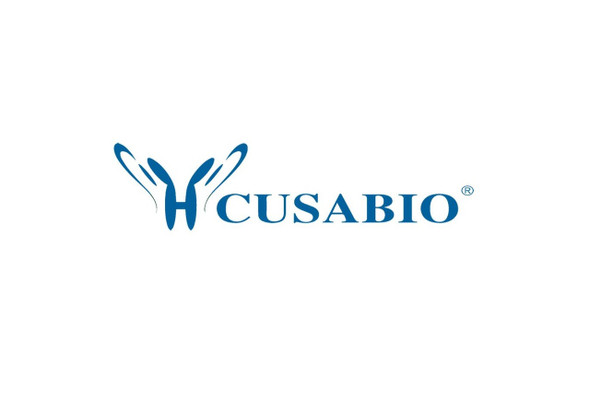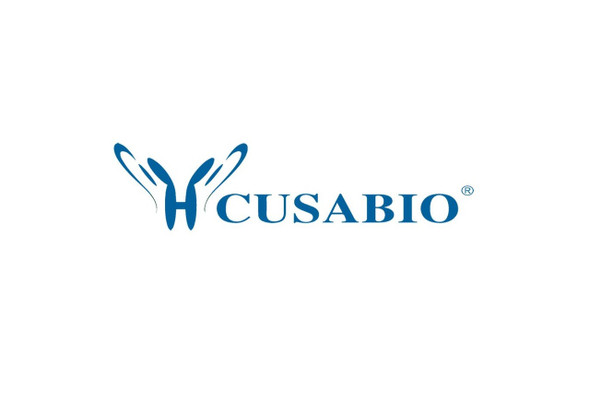Cusabio Human Recombinants
Recombinant Human Carcinoembryonic antigen-related cell adhesion molecule 4 (CEACAM4), partial | CSB-EP005164HU
- SKU:
- CSB-EP005164HU
- Availability:
- 3 - 7 Working Days
Description
Recombinant Human Carcinoembryonic antigen-related cell adhesion molecule 4 (CEACAM4), partial | CSB-EP005164HU | Cusabio
Alternative Name(s): Carcinoembryonic antigen CGM7Non-specific cross-reacting antigen W236
Gene Names: CEACAM4
Research Areas: Immunology
Organism: Homo sapiens (Human)
AA Sequence: FTIEALPSSAAEGKDVLLLACNISETIQAYYWHKGKTAEGSPLIAGYITDIQANIPGAAYSGRETVYPNGSLLFQNITLEDAGSYTLRTINASYDSDQATGQLHVHQNNVPGLPVGAVAG
Source: E.coli
Tag Info: N-terminal 6xHis-tagged
Expression Region: 36-155aa
Sequence Info: Partial
MW: 16.7 kDa
Purity: Greater than 90% as determined by SDS-PAGE.
Relevance: Granulocyte orphan receptor that acts as an trigger efficient phagocytosis of attached particles.
Reference: The DNA sequence and biology of human chromosome 19.Grimwood J., Gordon L.A., Olsen A.S., Terry A., Schmutz J., Lamerdin J.E., Hellsten U., Goodstein D., Couronne O., Tran-Gyamfi M., Aerts A., Altherr M., Ashworth L., Bajorek E., Black S., Branscomb E., Caenepeel S., Carrano A.V. , Caoile C., Chan Y.M., Christensen M., Cleland C.A., Copeland A., Dalin E., Dehal P., Denys M., Detter J.C., Escobar J., Flowers D., Fotopulos D., Garcia C., Georgescu A.M., Glavina T., Gomez M., Gonzales E., Groza M., Hammon N., Hawkins T., Haydu L., Ho I., Huang W., Israni S., Jett J., Kadner K., Kimball H., Kobayashi A., Larionov V., Leem S.-H., Lopez F., Lou Y., Lowry S., Malfatti S., Martinez D., McCready P.M., Medina C., Morgan J., Nelson K., Nolan M., Ovcharenko I., Pitluck S., Pollard M., Popkie A.P., Predki P., Quan G., Ramirez L., Rash S., Retterer J., Rodriguez A., Rogers S., Salamov A., Salazar A., She X., Smith D., Slezak T., Solovyev V., Thayer N., Tice H., Tsai M., Ustaszewska A., Vo N., Wagner M., Wheeler J., Wu K., Xie G., Yang J., Dubchak I., Furey T.S., DeJong P., Dickson M., Gordon D., Eichler E.E., Pennacchio L.A., Richardson P., Stubbs L., Rokhsar D.S., Myers R.M., Rubin E.M., Lucas S.M.Nature 428:529-535(2004)
Storage: The shelf life is related to many factors, storage state, buffer ingredients, storage temperature and the stability of the protein itself. Generally, the shelf life of liquid form is 6 months at -20?/-80?. The shelf life of lyophilized form is 12 months at -20?/-80?.
Notes: Repeated freezing and thawing is not recommended. Store working aliquots at 4? for up to one week.
Function: Granulocyte orphan receptor that acts as an trigger efficient phagocytosis of attached particles.
Involvement in disease:
Subcellular Location: Membrane, Single-pass type I membrane protein
Protein Families: Immunoglobulin superfamily, CEA family
Tissue Specificity: Granulocytes.
Paythway:
Form: Liquid or Lyophilized powder
Buffer: If the delivery form is liquid, the default storage buffer is Tris/PBS-based buffer, 5%-50% glycerol. If the delivery form is lyophilized powder, the buffer before lyophilization is Tris/PBS-based buffer, 6% Trehalose, pH 8.0.
Reconstitution: We recommend that this vial be briefly centrifuged prior to opening to bring the contents to the bottom. Please reconstitute protein in deionized sterile water to a concentration of 0.1-1.0 mg/mL.We recommend to add 5-50% of glycerol (final concentration) and aliquot for long-term storage at -20?/-80?. Our default final concentration of glycerol is 50%. Customers could use it as reference.
Uniprot ID: O75871
HGNC Database Link: HGNC
UniGene Database Link: UniGene
KEGG Database Link: KEGG
STRING Database Link: STRING
OMIM Database Link: N/A









